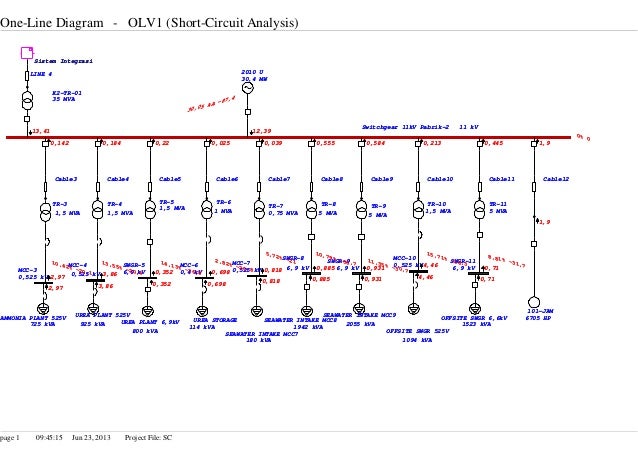Electrical Short Circuit Pdf
In simple and practical terms, a short circuit is an unwanted or unintentional path that current can take which bypasses the routes you actually want it to take. This is normally a low resistance path between two points of differing potential. For instance: – Schematic created using In the left simple LED circuit, just over 6 mA is flowing round the circuit.

Short Circuit and Overload Protection Devices Within an Electrical System Information Sheet # 07 Your Reliable Guide for Power Solutions The installation information. Dota Games Frozen Throne. Introduction to Short Circuit Analysis. The electrical opposite of a short circuit is an open circuit, which is infinite resistance between two nodes. ©2014Eaton 239 Short-Circuit Current Calculations Single-Phase Short Circuits Short circuit calculations on a single-phase center tapped transformer system.
Create a short circuit, represented by a very low resistance (no wire is a perfect 0 Ω conductor) and 5000 A wants to try to flow through it. That's bad news for the battery. Descargar Libro El Abanderado Pdf on this page.
The battery could well explode. What is certain, though, the internal resistance of the battery will limit the current that can exist and a large voltage drop will be seen at the terminals of the battery causing the whole circuit to stop functioning. This is a: Okay, that's what I really wanted to put down. Let's see if we can answer your question with the rest of the space. A short circuit is a connection between two elements which you did not intend to connect. In most cases, this behavior is highly unexpected and has a tendency to cause your circuit to behave improperly. One of the most common short circuits is a wire which connects two points that are being driven to a fixed potential between them (such as the two prongs of a 120V wall socket, which are being driven by the generator at the power company to remain 120V AC apart).
In these cases, the result is usually spectacular, and involves secondary effects. For example, if you put a wire across a 120V wall socket, you will find out very quickly that that wire did not have a 0ohm resistance, like an ideal wire, but rather had a very small resistance (0.001ohm or similar), and is now permitting a huge amount of current to flow through it. At least until it heats up and melts! The important thing about the short circuits is that they always involve some unintended facet of the circuit. You may have a computer power supply that generates a 5V signal using transistors.
Now we both know that transistors are imperfect, and there's some secondary effects, but power supply manufacturers go to great lengths to minimize these effects so that you and I can just say 'oh, this wire delivers 5V!' When you use a wire to connect this to a ground (0V), we create a short. If you were modeling this power supply as a perfect 5V ideal voltage generator, you'd find the equations just don't work. You cannot connect a 0V line and a 5V line with an ideal wire, because a wire can only be at one voltage. We can no longer model the power supply as an ideal voltage source. What will happen is the transistors in the power supply will start to limit the current. Typically this limit is very high, and may be high enough to start overheating the transistors.
This can do all sorts of nasty things (like melt solder), and the result can easily be the failure of the power supply! A short circuit is a specific type of parallel circuit where on connection between any two given nodes of the circuit has a significantly low resistance compared to the other two. In this case, as the voltage should be equal at the two nodes, the resistance of each parallel circuit path will divide the total current through them. Since one path has a very very low resistance, the bulk of the current will go through that path. This often deprives the other path of any significant current for most practical use.